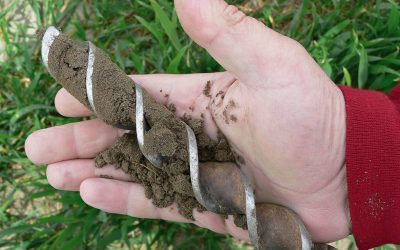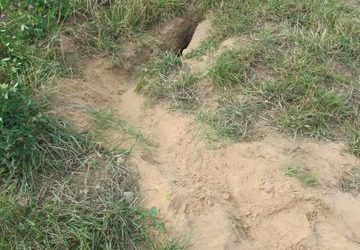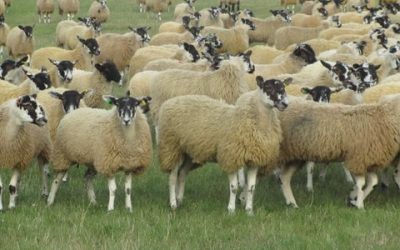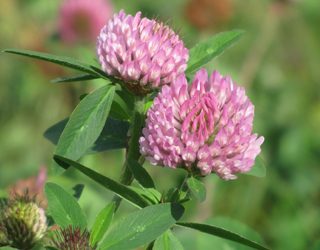Farming & Food
Grass provides the perfect diet for cattle and sheep. It is all they need to produce nutritious, healthy meat for people to cook and eat.
But grass can be tricky to manage. Its one aim in life is to grow, produce a seed head and then die. Only skilled grassland farmers can manage it to produce high quality animal food throughout the year – grazed out in the fields or given as conserved winter-feed, either dried as hay or pickled as silage.
The people I write about in these blogs are some of the best and most innovative farmers and chefs in the world. They look after their soils, their land and their animals and take great care to source and prepare the best meat possible. We should be proud of them all.
Only 2% of pasture tested has ideal soil nutrients
In 3,291 soil tests carried out on beef and sheep pasture by EBLEX, with the Environment Agency (EA) and the Farming Wildlife Advisory Group (FWAG), only a shocking 2% of fields had the perfect nutrient levels to support good grass growth.
Farmers Weekly winners rely on grass
Congratulations to the winners of this year’s Farmers Weekly Awards – especially dairy Farmer Gavin Fowler, beef producer Sam Chesney and overall winner, hill farmer Charlie Russell.
Drought from East to West
It’s easy digging for rabbits in a field of red clover in Shropshire – as the worst drought in living memory has yet to break.
Don’t let tack sheep outstay their welcome
According to Promar’s Paul Henderson in the September issue of Cow Management magazine, dairy farmers keeping sheep on cow grazing over the winter should say goodbye to them no later than February 1st – or sooner on units where turnout is early.
Save £200/ha on fertiliser
Red clover can contribute 150 to 200 kg of nitrogen/ha or more, according to speakers at a recent British Grassland Society forage legume day in Shropshire.
Grazing in central London!
Imagine my excitement when I came across this cafe whilst walking the streets of the capital recently – just around the corner from the Tower of London!






